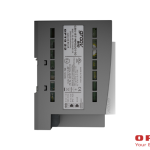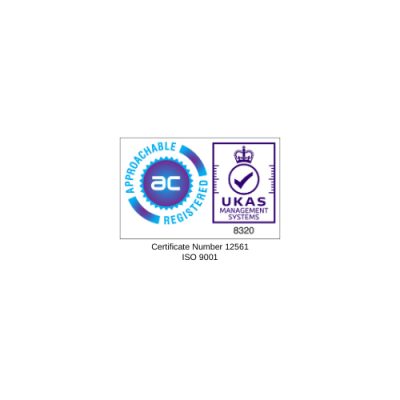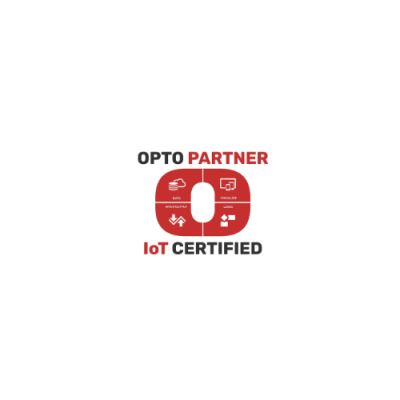groov® RIO
About groov® RIO
Configure up to 8 channels of multi-signal, multifunction I/O (temperature, current, voltage, or discrete), plus 2 mechanical relays. Power the unit and connected I/O with 802.3af PoE Class 0 switches or 10-32 V DC power. Integrate I/O data directly with databases, HMIs, SCADA, cloud services, and IoT platforms with embedded Node-RED connectivity suite. Connect to existing control systems or building automation systems with Modbus TCP, OptoMMP, or REST APIs.
Publish process data directly into publish-subscribe architectures with MQTT transmitting Sparkplug or string payloads. Log data to internal power fail-safe memory or attached USB mass storage device. Protect with built-in security features, including configurable firewalls, encryption, user accounts, and VPN client. Install anywhere with wide -20°C + 70°C rating, UL Hazardous Locations approved: ATEX compliant.
Choose your groov® RIO

RIO MM1 Universal I/O
groov® RIO revolutionises remote I/O by offering over 200,000 unique, software-configurable I/O combinations in a single, compact, PoE-powered industrial package with web-based configuration, commissioning, flow logic software, and the ability to run control programs written in IEC 61131-3-compliant languages, plus support for multiple OT and IT protocols.
If you use Ignition from Inductive Automation, see GRV-R7-MM2001-10, which includes Ignition Edge 8 pre-installed, and has increased RAM and storage capacity to handle Ignition Edge’s requirements. Providing flexibility to fit into IIoT projects (especially those that require I/O data acquisition or communications) or traditional control systems, or to act as a stand-alone control unit.
RIO MM2 Universal I/O with Ignition
Offering a simple, flexible, industrial way to monitor power and energy where it’s used and securely send that data where it’s needed for analysis and decision-making.
The groov® RIO family launched with GRV-R7-MM1001-10 as the first in a new class of intelligent, distributed I/O for the IIoT. The MM1 was followed by GRV-R7-MM2001-10, which includes Ignition Edge and offers more memory and storage. Both of these groov® RIO models are universal I/O, providing 8 channels configurable for analog or discrete inputs or outputs, plus 2 Form C mechanical relays for higher loads.


Users Guide for groov® RIO
Showing you how to assemble, initialise, configure, commission, and maintain a groov® RIO universal I/O module, part numbers GRV-R7-MM1001-10 and GRV-R7-MM2001-10.
Guide explains the following:
- Connect a power supply and wire field devices
- Complete the first configuration steps after you turn it on (initialize)
- Configure it to connect to networks, update network and security configurations, mount USB drives or USB adapters (to serial or WiFi devices), set up centralized user management through LDAP servers, set date and time, and more
- Select and configure I/O channels and PID loops
- Keep your RIO up to date by applying firmware updates.







